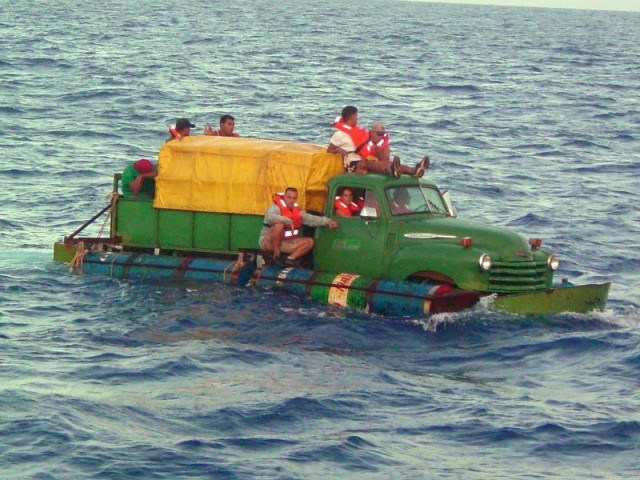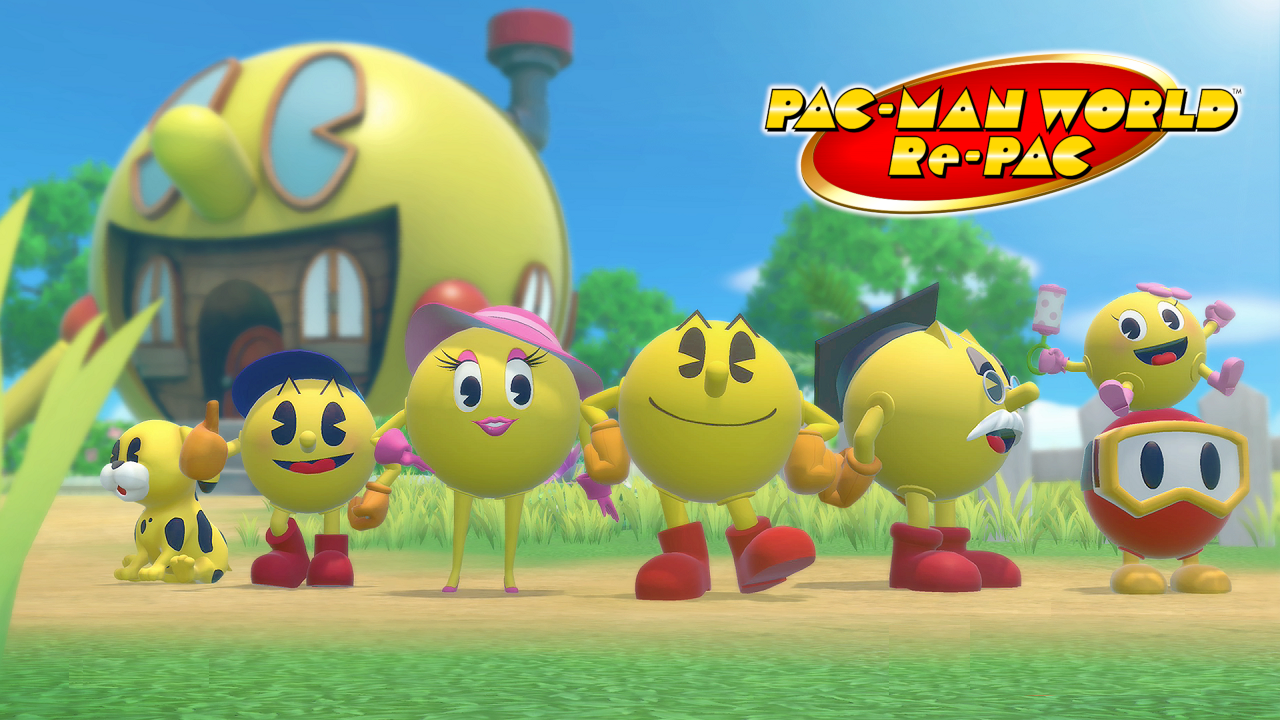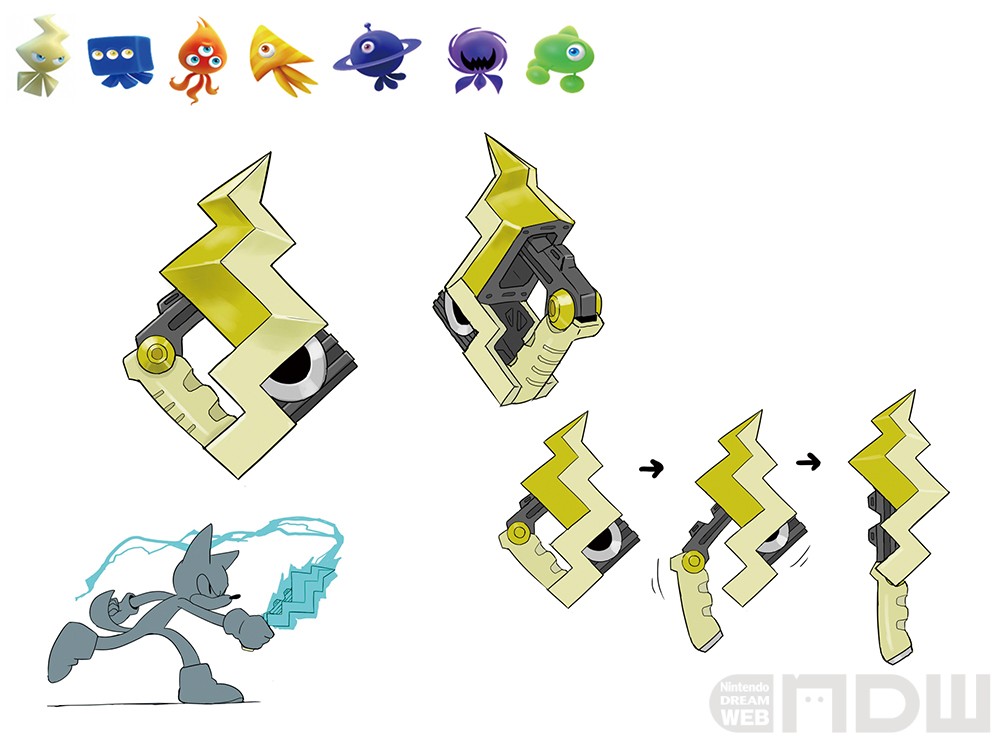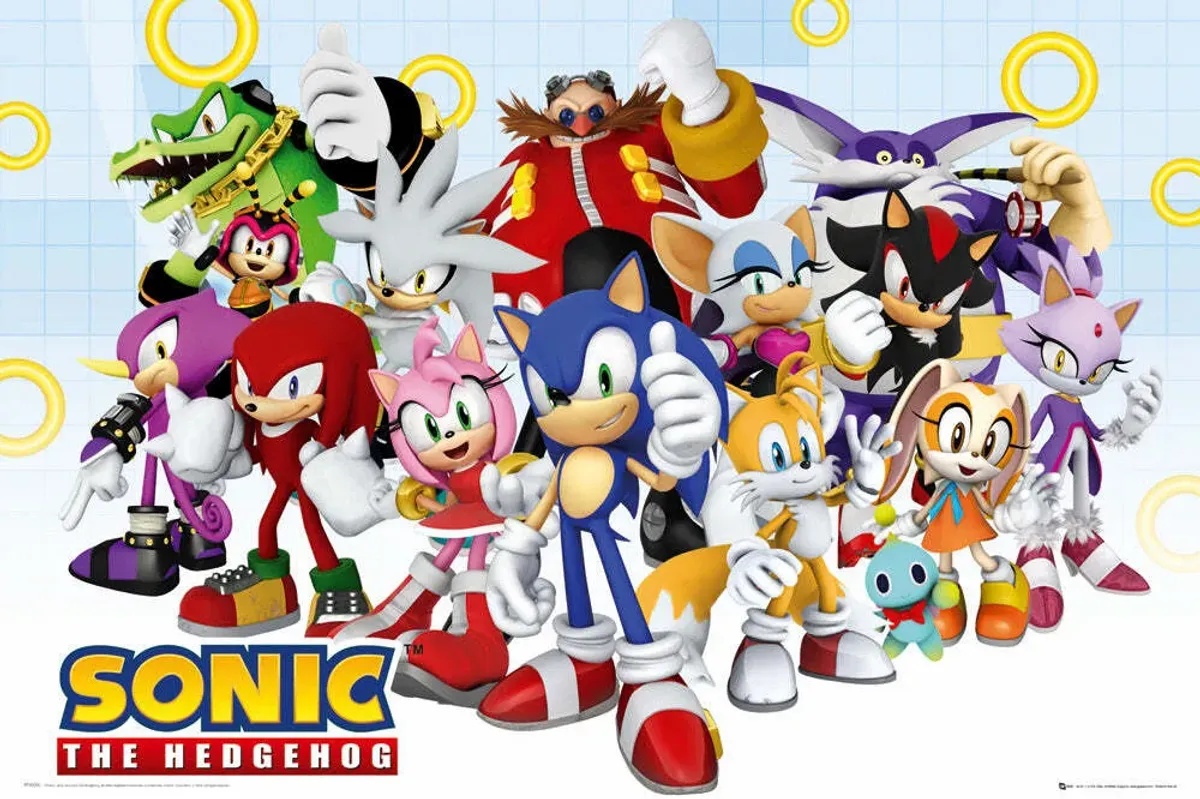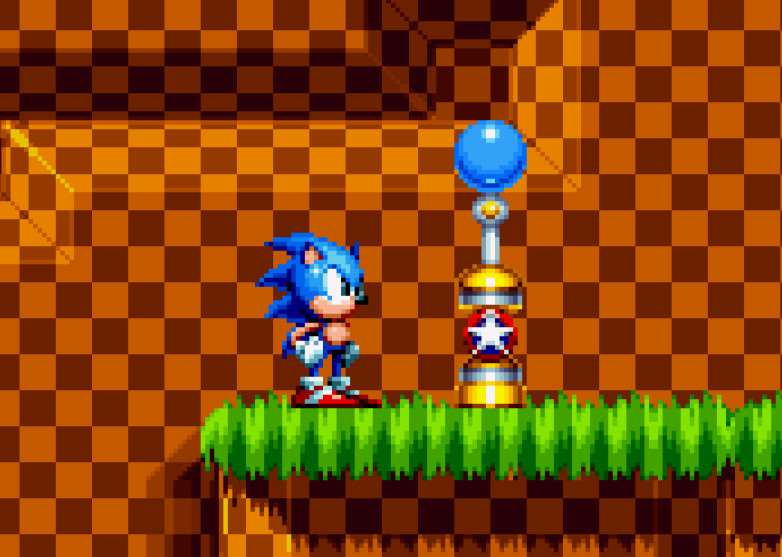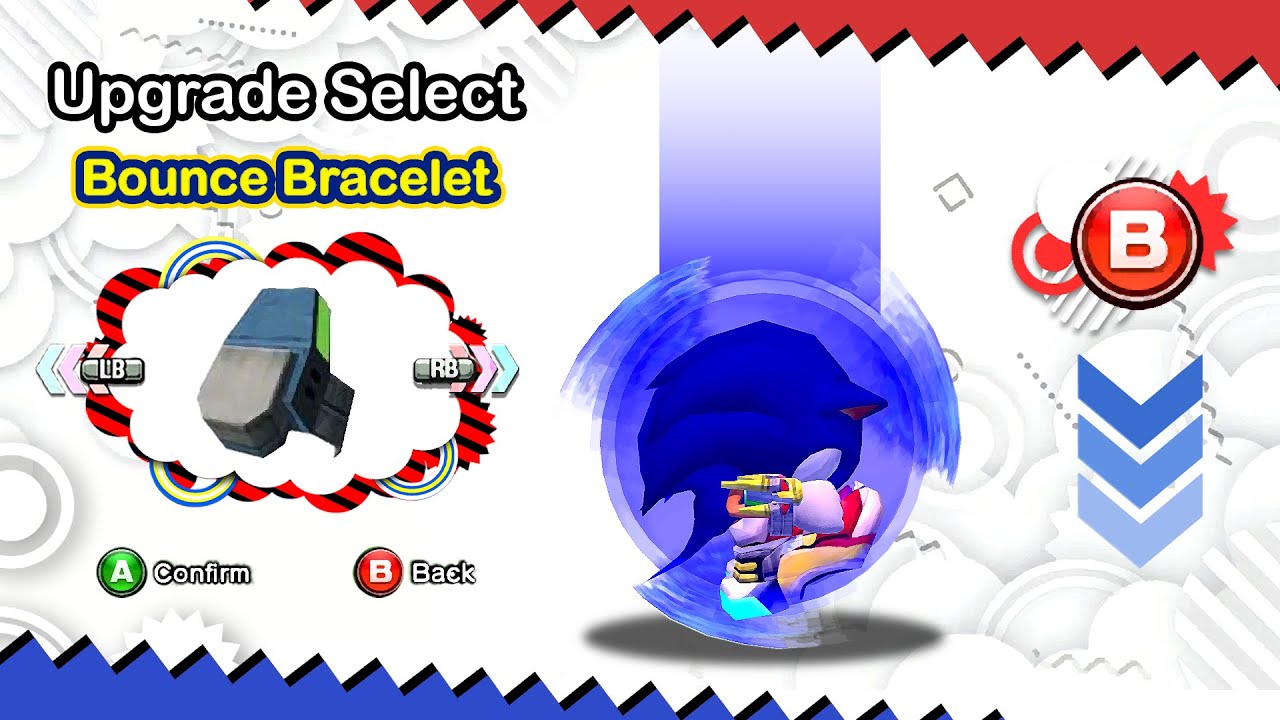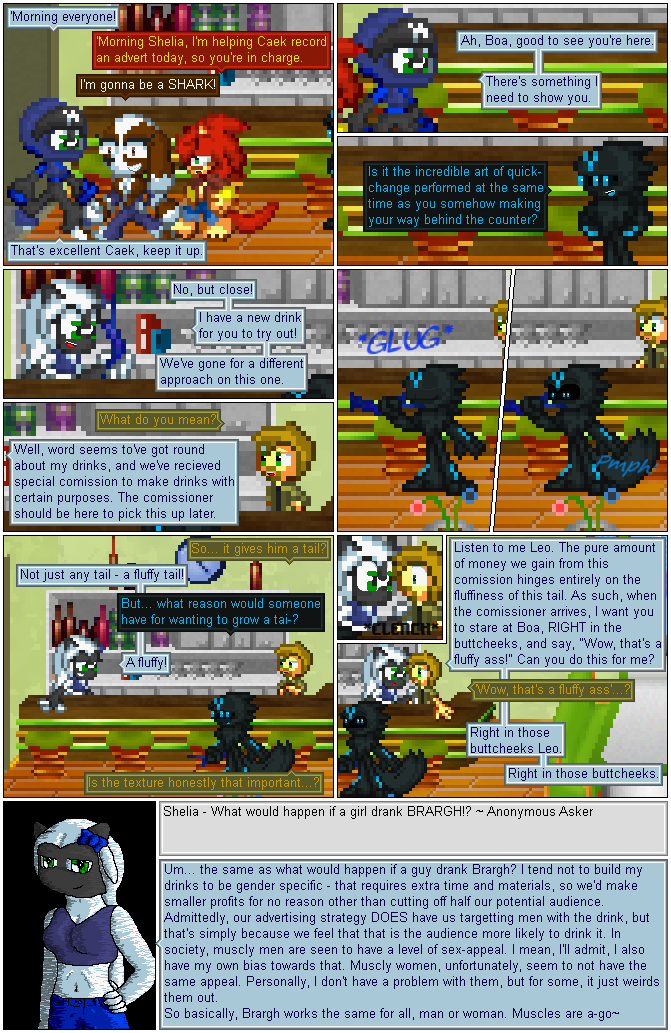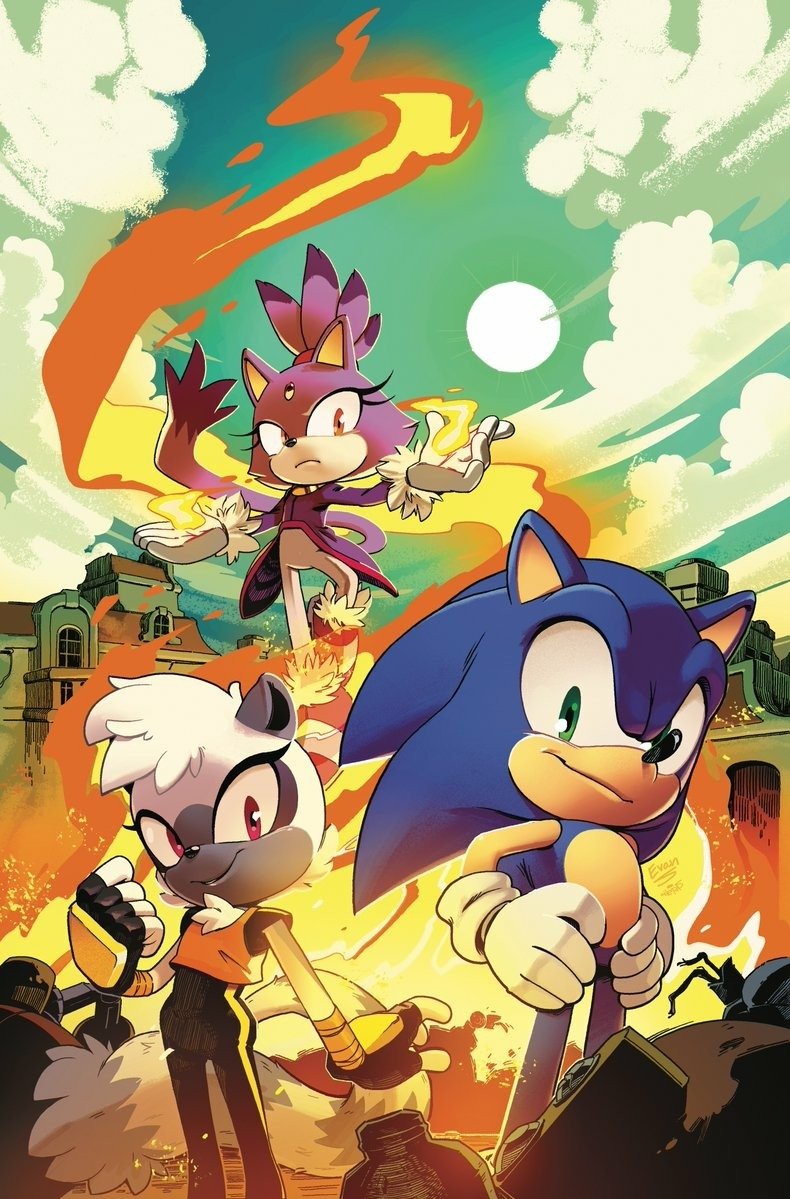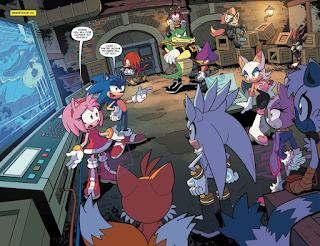Tagged The Sanic Hack
25/10/2025
Themes - Quicker Game Prep for The Sanic Hack"Preparing a world with mix and match lists"
Tags: The Sanic Hack
12/09/2025
Costumes and Accessories - Inventory Management Musings for The Sanic Hack"Clothing and Defensive Options, without destroying inventory management (I hope)"
Tags: The Sanic Hack
30/05/2025
Kludgebuckets - Customizable Vehicles for the Sanic Hack"A grid-based vehicle customization system"
Tags: The Sanic Hack
21/11/2024
Ol' Gadda's Pirate Game"Yo (and dare I say it?) Ho"
Tags: The Sanic Hack Gadda's Pirate Game
31/07/2024
Rubberwho - A Player Option for the SANIC Hack"More Race as Class for The Sanic Hack"
Tags: The Sanic Hack
29/05/2024
The SANIC Hack Part 6 - Weapons and Mastery"Weapon Skills for The Sanic Hack"
Tags: The Sanic Hack
22/05/2024
Furkind - A Player Option for the Sanic hack"Race as Class for the Sanic Hack (eugh)"
Tags: The Sanic Hack
10/05/2024
The SANIC Hack - Checkpoint 1"A quick refresher of what we've covered so far"
Tags: The Sanic Hack
09/05/2024
The SANIC Hack - Part 5 - Relics, Spells, Scrolls, and other Some-Such"An alternative to Magic and Oddities, though I've mostly just swapped out Nouns."
Tags: The Sanic Hack
08/05/2024
The SANIC Hack - Part 4 - Soda Potions"Carbonated Stat Buffs for the discerning Furkind"
Tags: The Sanic Hack
21/04/2024
The SANIC Hack - Part 3 - Blessed Be The Hog"Special Abilities for The Sanic Hack"
Tags: The Sanic Hack
18/04/2024
The SANIC Hack - Part 2 - Problem Solving"Gadda takes a whack at some baseline system stuff"
Tags: The Sanic Hack
10/04/2024
The SANIC Hack - Part 1 - Introduction"An overview of the Sanic Hack Projects' aims"
Tags: The Sanic Hack


